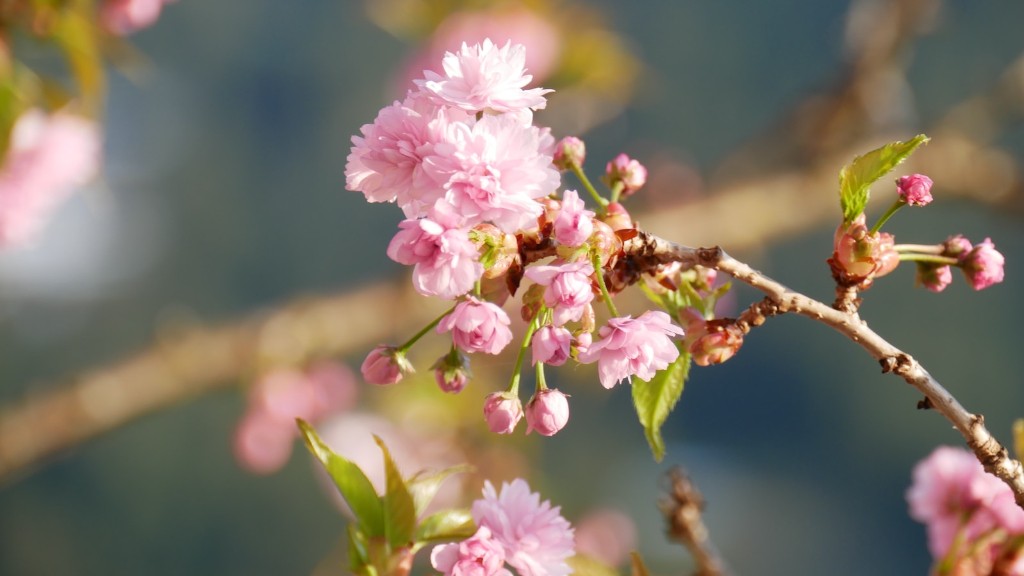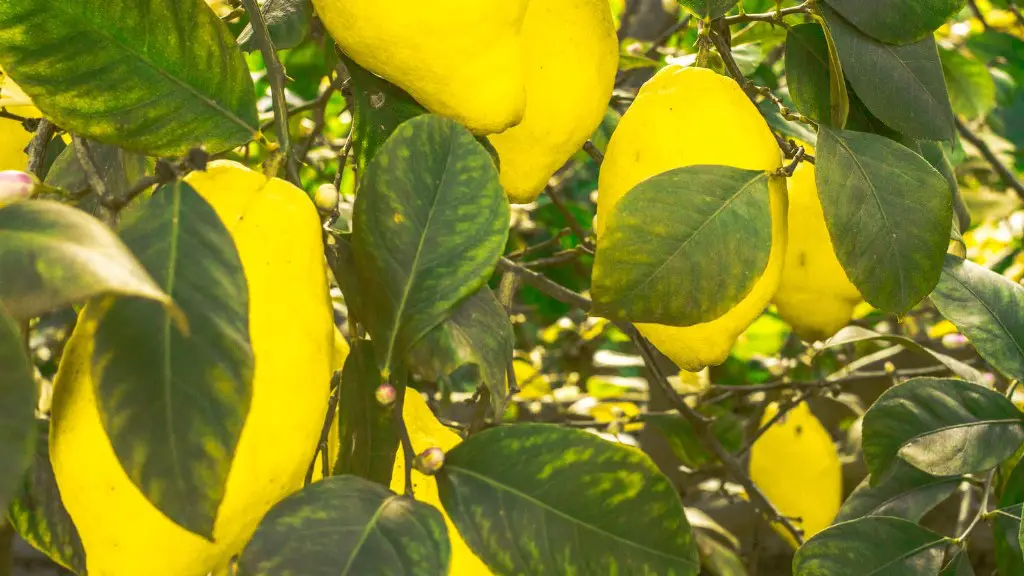Overview
Snow fountain weeping cherry trees (SFWT) are natural works of art, with unique drooping branches of white blossoms that grow in a fountain-like pattern. Trimming these ornamental trees is key to fostering their healthy growth and promoting thinner and more compact growth during the spring and summer seasons. With the proper tools, knowledge, and approach, pruning a SFWT can be a rewarding experience.
Gather the Right Tools
Before trimming, it is important to be prepared with the right tools. Basic essentials should include quality pruning shears, telescopic branch cutters, and a garden saw. Thinning shears may also be used to remove excess growth and twigs, as well as a pair of gardening gloves. With the right equipment, trimming a SFWT can be quick and easy.
Begin Trimming
Begin by removing dead or diseased wood, taking extra care to make sure that the SFWT is not being over-pruned. After removing dead wood, use pruning shears to trim the plant’s sides, cutting back to the desired shape and size. Be sure to cut upper branches back first, and thin out the tree’s lower branches gradually. This will ensure the balance of the tree’s overall growth.
Focus on New Growth
Pruning a SFWT is most successfully performed when the tree is near the end of winter and beginning of spring, as this is when the tree is preparing for a season of new growth. Focusing pruning efforts on this new growth helps the tree maintain a desirable shape, as well as reduces the amount of maintenance needed in the future.
Clean Up After Trimming
Once the tree has been trimmed to shape, it’s important to clean up any debris or leftover twigs. Thoroughly cleaning the work area helps ensure that potential hazards do not linger, as well as fosters safer soil conditions for the tree. It’s also a good idea to apply a layer of mulch to nourish the tree and protect it from any further damage.
Establish a Maintenance Regimen
Creating a maintenance routine for a SFWT is essential to its long-term health. To optimize growth and protect the tree’s branches, it’s best to trim around twice a year, following a year’s spring and fall-time growth. Staying on top of yearly trimming helps control the size of a SFWT tree, promoting its beautiful, lacy form.
Expert Defoliation Advice
When it comes to trimming a SFWT, expert advice should always be sought out. Arborists and certified tree care specialists recommend early-season defoliation, when the leaves are still green, to reduce activity on the tree during and in between vigorous growing seasons. This approach keeps the tree dormant for longer time frames, allowing for the tree to store more energy and ensuring more even growth between branches.
Organic Mulches
An organic mulch is an important key to nurturing trees. A mulch of wood chips or pine bark can reduce moisture loss, regulate soil temperatures, and protect the tree’s roots and ridge year-round. Additionally, research indicates that mulching can reduce weed growth as well. Be sure to keep mulch at least 8 inches away from the tree trunk to avoid potential infestation by insects or other critters.
Monitoring Insect Activity
The most serious concern for trimming a SFWT is monitoring insect and pest activity. Keep an eye for signs of infestation, such as holes in the bark or leaves, and take immediate corrective measures if any suspicious activity is noticed. For example, liquid insecticide applications may be necessary to keep the tree safe from harmful pests.
Take a Proactive Approach
Trimming a SFWT is not an overly complex process. However, it’s important to ensure that we take a proactive approach to ensure healthy growth. This means monitoring the tree’s overall health, as well as controlling its size through defoliation, pruning, and general cleaning. With the right knowledge and approach in place, trimming a beautiful and healthy SFWT is just a few simple steps away.


